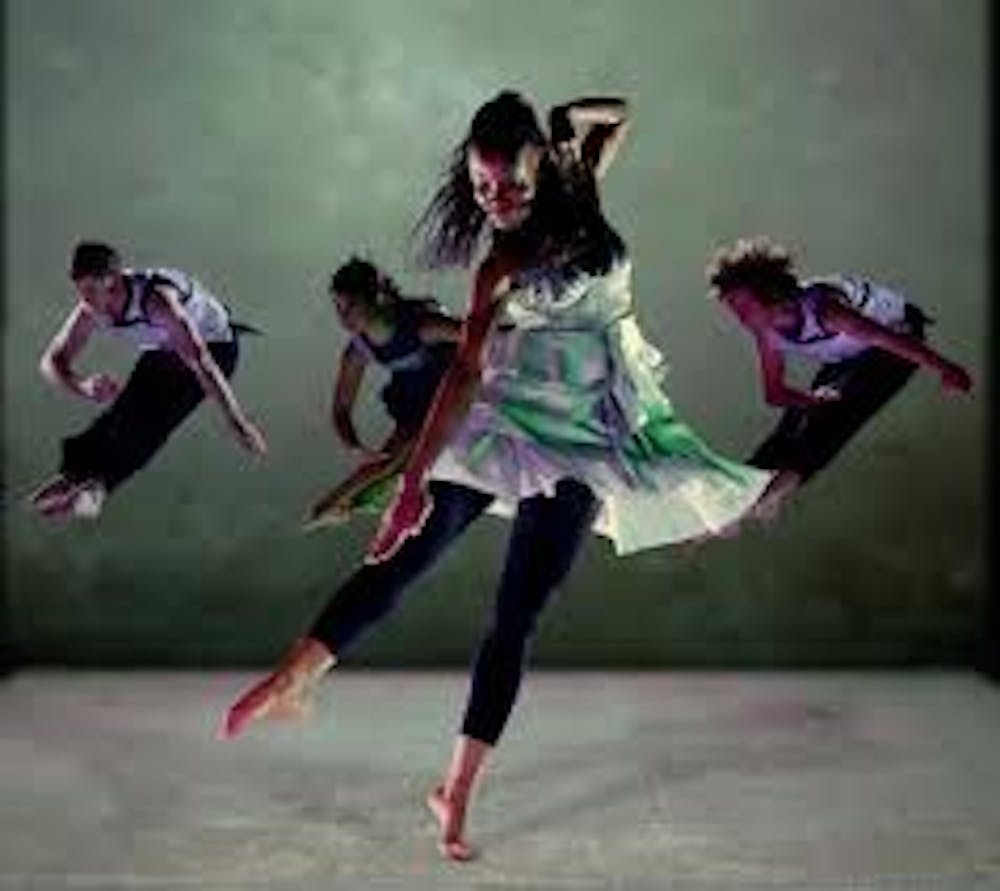A man sitting and crying with a paper bag reading “I AM NOT FAMOUS ANYMORE” over his head. A woman sleeping in a glass box. Another woman vomiting colored milk to an acoustic opera track. A man lying crucified on the hood of a Volkswagon Beetle.
What do these seemingly unrelated displays of crazy have in common? Each is a piece of performance art from the past half–century. Performance art has attracted controversy and criticism since its formal recognition in the art world in the mid–twentieth century. Difficult to accurately define and lacking the traditional order and boundaries between artist and viewer, the medium is often dismissed as too weird and incomprehensible to merit artistic appreciation.
Performance art is undeniably strange, and like minimalist paintings or Hawaiian pizza, probably not for everyone. But, for the rest of us, it may be a mistake to disregard the art form on the grounds of its apparent eccentricity.
Psychologist Abraham Maslow once said, “the sacred is in the ordinary.” Performance art essentially lifts that sacredness out of the normal stream of life and puts it on display. Unlike theater, it creates no fictions—only contexts. By taking real people, objects, emotions and actions and putting them in a museum or advertising them as art installations, the medium calls for a reevaluation of everything from a man being shot to a woman sitting blankly in a chair. Even if it feels strange to pay for a ticket to see someone do push–ups or eat a hamburger, viewing such seemingly artless actions in this new context may help us find the art, if not the sacred, in each of them.
We’re often encouraged to keep our heads down and push for the finish line, to get where we’re going without smelling the roses and sewage along the way, but performance art presents a different option. Slow down, it tells us. Stop focusing on the ends and ignoring the means. Watch. It gives us an action without frame or stage, and the space to witness the beauty, the wonder, the art, in that action—in what boils down to a person living. No faking, just living, in front of an audience.
In a stressful, goal–oriented society, that context outlook might be exactly what we need.

